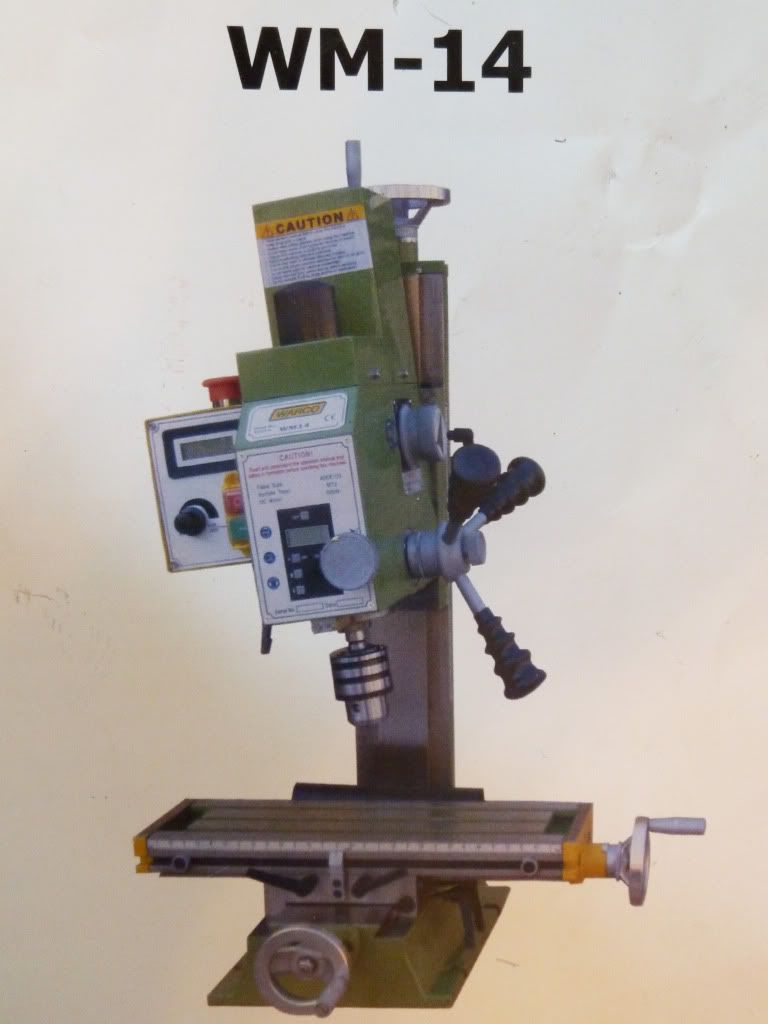Hi Experts
I've got an aluminium part to manufacture which is required to seal against another part using O'rings. The part is approx 250x125x25mm. One end of the part needs to have 2 x 3mm wide circular grooves milled for the O'ring seals with holes drilled in the middle. I figure I can do it by swivelling the mill head 90 and mounting the rotary table on a spacer block to allow for the overhang of the part.
However I'm not sure how to mount such a long piece to the rotary table. The best I can figure is to leave the part long then drill and tap into it a short way so it can be mounted onto a plate which is fixed to the table. The plate can be made with the correct offset built in and the part removed and rotated 180 for the other groove. After machining the end of the part can be milled off, removing the manufacturing fixings.
I added up the clearances on my mill and vertically I can only manage 115 mm after all the distances for collet holder, collet and rotary table are taken into account. Short of a 6" head extension I'm sort of stuck for other alternatives.
Any better ideas for achieving this much appreciated.
Best Regards
picclock
I've got an aluminium part to manufacture which is required to seal against another part using O'rings. The part is approx 250x125x25mm. One end of the part needs to have 2 x 3mm wide circular grooves milled for the O'ring seals with holes drilled in the middle. I figure I can do it by swivelling the mill head 90 and mounting the rotary table on a spacer block to allow for the overhang of the part.
However I'm not sure how to mount such a long piece to the rotary table. The best I can figure is to leave the part long then drill and tap into it a short way so it can be mounted onto a plate which is fixed to the table. The plate can be made with the correct offset built in and the part removed and rotated 180 for the other groove. After machining the end of the part can be milled off, removing the manufacturing fixings.
I added up the clearances on my mill and vertically I can only manage 115 mm after all the distances for collet holder, collet and rotary table are taken into account. Short of a 6" head extension I'm sort of stuck for other alternatives.
Any better ideas for achieving this much appreciated.
Best Regards
picclock






